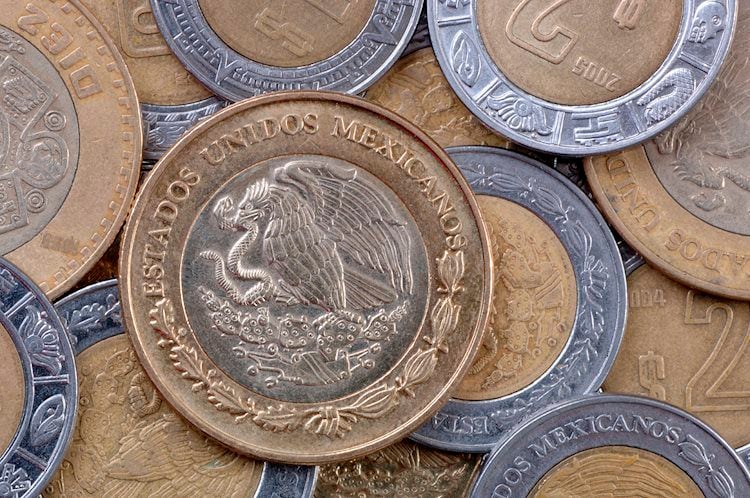On a tense Tuesday, the Mexican Peso took a tumble, dropping a little over one percent against its most commonly traded counterparts. This came right after President-elect Donald Trump made a bold announcement; he planned to impose a 25% tariff on imports from Mexico and Canada unless these countries tackled illegal migration and drug trafficking more robustly. It was mainly Mexico that found itself in Trump’s crosshairs, blamed for the cartels that smuggle fentanyl—a potent synthetic opioid—into the U.S.
Following this news, the Peso plummeted to 20.75 against the U.S. Dollar, a slip from its previous close at 20.31. Considering Mexico’s substantial trade relationship with the U.S., with imports hitting $454.8 billion in 2022—a rise of nearly 19% from the previous year according to the U.S. Trade Representative—such tariffs could seriously dent the demand for Mexican products and, consequently, the Peso.
But there’s more to the story. The Mexican Peso is also grappling with expectations about Banxico, Mexico’s central bank, potentially easing interest rates more significantly due to a cooling inflation trend. When rates drop, they often trigger reduced foreign capital inflow, which can be unfavorable for a currency.
According to financial newspaper El Financiero, headline inflation took a notable dip, falling to 4.56% in the first half of November—slightly below what analysts were predicting. Just a day prior, the Peso had made a brief recovery against the USD. This uptick came when Trump hinted at favoring hedge-fund manager Scott Bessent for the role of U.S. Treasury Secretary. Known for his fiscally conservative stance, Bessent was expected to keep spending in check, tempering fears about Trump’s economic policies leading to inflationary pressures, particularly for Mexico and Canada. However, as the week progressed, Tuesday’s market shifts wiped out those gains entirely.
From a technical standpoint, the USD/MXN pair bounced back, closing the gap left open on Monday. The currency pair has now hit the upper edge of a brief trading range mapped out in November—a classic zig-zag pattern, identified as a Measured Move, with similar-length A and C waves.
Examining the daily chart shows the USD/MXN living within a defined range, fluctuating between the 19.70s and 20.80s. Although it maintains an upward trend in the broader perspective within a climbing channel, breaking decisively above the 20.80 mark would signal a stronger short-term bullish trend aligning with its longer-term trajectory. Absent such a breakout, the pair is likely to continue its oscillation, possibly retreating back toward the lower bounds in the 19.70s.
For a definitive breakout, look for signs like a substantial green candle breaking above range highs or, alternatively, a trio of green candles following suit, closing near their peaks. These would imply a shift to a more robust short-term bullish trend, continuing the upward momentum evident in long-term cycles.
Now, shifting to some frequently asked questions about the Mexican Peso: As Latin America’s top-traded currency, the Peso’s value hinges on several factors, including Mexico’s economic performance, Banxico’s monetary policies, the level of foreign investments, and remittances, primarily from the U.S. Additionally, geopolitical factors like nearshoring, a trend where companies relocate manufacturing closer to home, and oil prices—given Mexico’s status as a major oil exporter—can also sway the Peso.
Banxico’s primary mission is to keep inflation steady at around its 3% target. By setting interest rates accordingly, whether hiking to curb inflation or cutting to spur economic activity, the bank navigates economic ebbs and flows. Higher rates typically bolster the Peso by drawing in investors seeking higher returns, while lower rates may weaken it.
Keeping an eye on macroeconomic data is crucial for gauging economic health and its potential impact on the Peso. Strong growth, low unemployment, and high confidence boost the currency by attracting investment and possibly prompting Banxico to raise rates if inflation accompanies this growth. Conversely, weak data may lead to depreciation.
Lastly, as an emerging market currency, the Peso thrives in periods of low risk and investor confidence, while market upheavals usually prompt an exodus to safer, more stable assets, exerting downward pressure on the Peso.

















